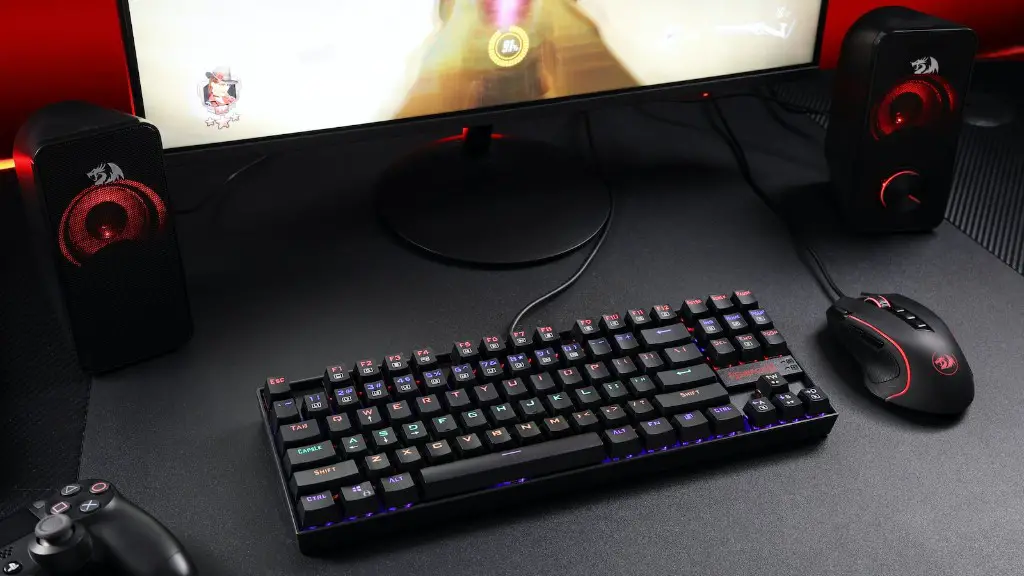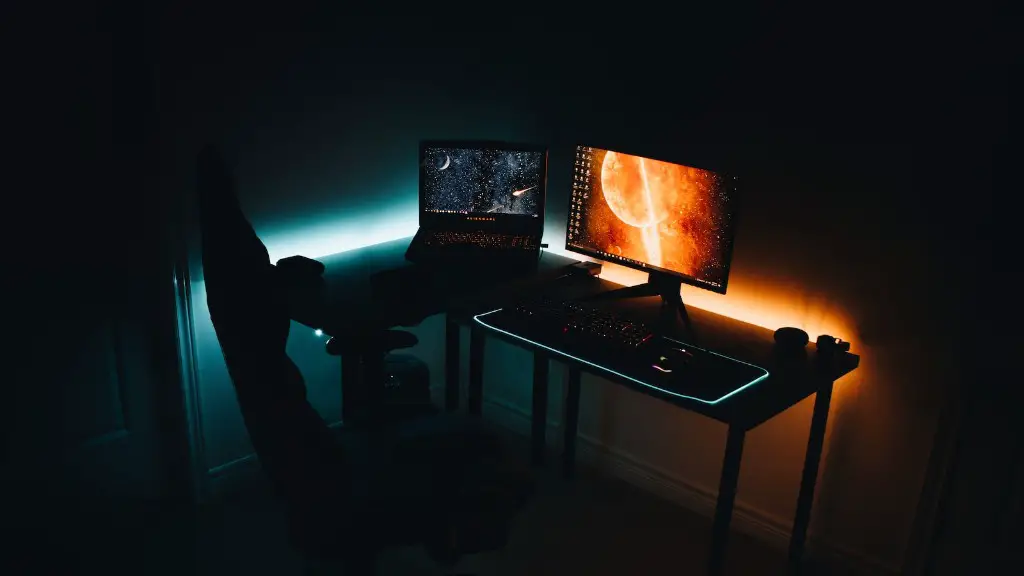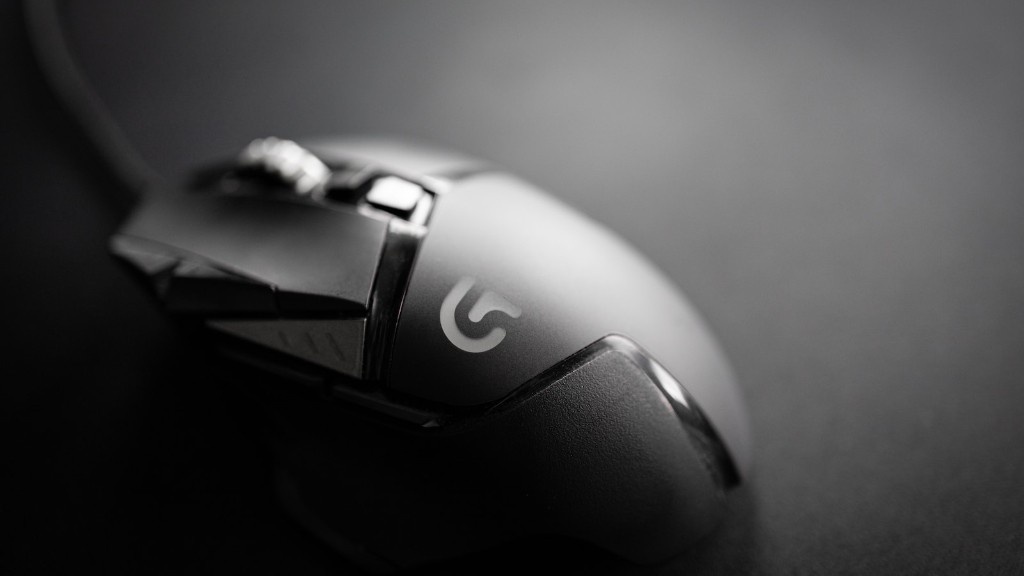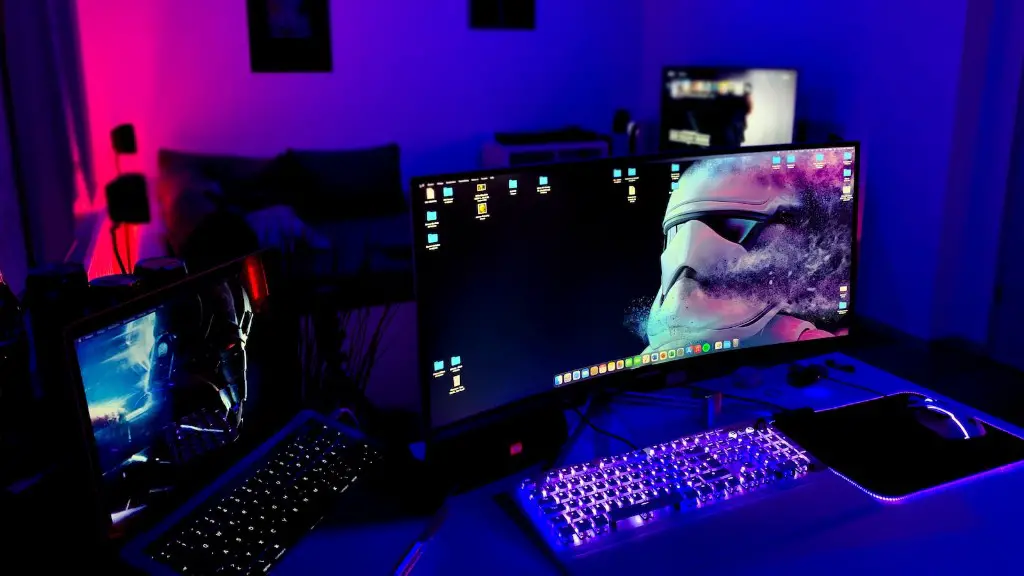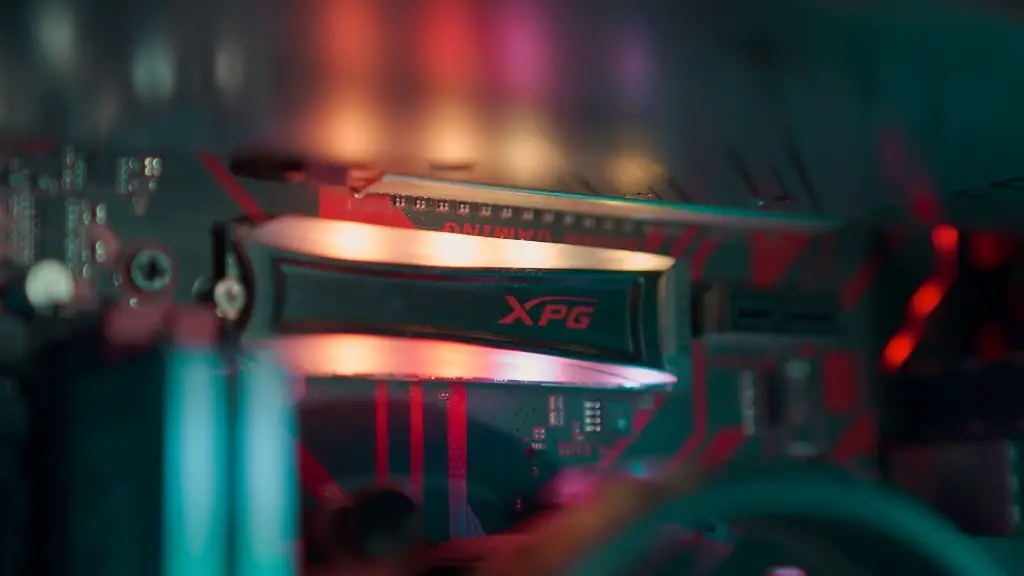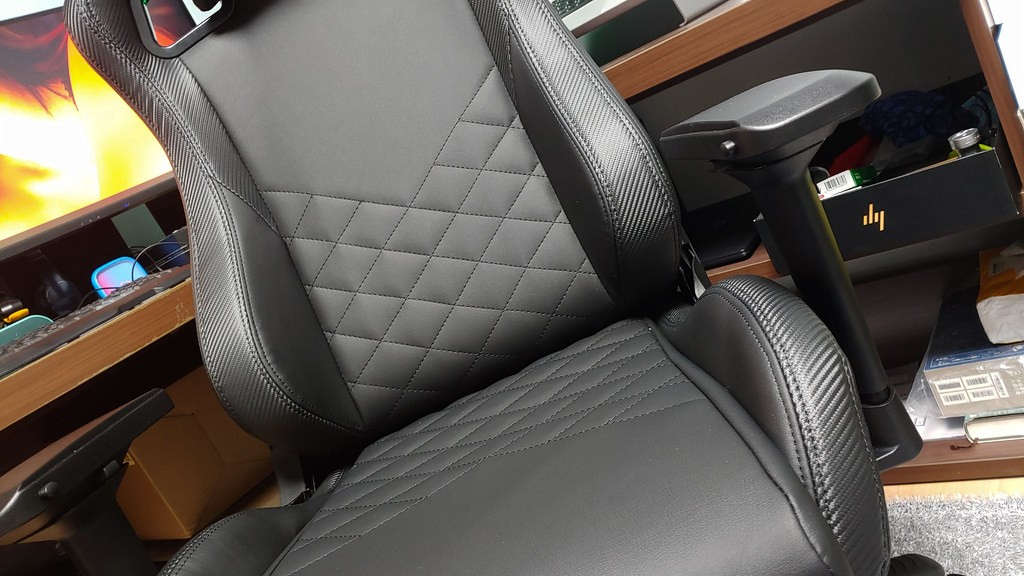Constructing a gaming PC requires some degree of technical expertise and patience. Start by gathering the right parts and tools. The motherboard, processor, graphics card and RAM are all important components. Assembling the PC makes use of several tools, such as a Phillips head screwdriver, extra screws and an anti-static mat and wrist strap. Before beginning, turn off all sources of electricity and ground yourself.
Picking the perfect parts for the gaming PC is essential. Carefully research the processor and graphics card to make sure the fan will fit inside the case. Consider the wattage of the power supply and make sure the RAM is compatible with the mother board. Additionally, you need an operating system, such as Windows 10, to run the PC.
Put the case on the anti-static mat and orient it so the side panel can easily be removed. Install the processor and heat sink using thermal paste. Attach the RAM, being sure to match the pin style on the block. Connect the graphics card and fit the power supply. Finally, insert the motherboard and screw the standoffs into the case.
Attach the cables so the various components communicate properly. The motherboard cables must be plugged in to the graphics card, processor and power supply. Ensure the processor fan is plugged in to the motherboard as well. Finally, attach the wires for the power button, disk drives and audio to the motherboard. Close the case, being careful not to pinch any wires.
To double-check your work, make sure all the screws are tightened and all cables are connected properly. After that, connect the PC to the monitor and turn it on. If you see any warning messages, resolve them before installing an operating system. Installing an OS is straightforward; the only special requirement is a valid product key.
Once the OS is installed, it’s time to download your favorite games. Don’t forget to protect your gaming PC with anti-virus software. To increase performance, you can overclock the processor. Finally, upgrade the graphics card if you feel your PC needs more power.
Power Supply
Choosing a power supply is important for the longevity of a gaming PC. The wattage of the power supply must match the wattage of the processor and graphics card combined. Comparing wattage specs of the various parts is a crucial part of the power supply selection process. Additionally, consider the form factor; a full-size ATX power supply works best for gaming PCs, while a small-sized power supply works better for general-purpose PCs.
When searching for a power supply, consider the brand. Top-tier power supply brands, such as Corsair or EVGA, have strong reputations for producing reliable and durable power supplies. If you don’t have much experience with power supplies, researching each brand’s specifications before purchasing is a smart idea. Finally, consider the power supply’s fan; a fanless power supply makes no noise, but it’s not ideal for gaming PCs.
Modular power supplies are a great option for gamers. Modular power supplies have detachable cables, which eliminates excess wiring and improves airflow. Additionally, semi-modular power supplies reduce excess wiring by allowing some cables to be removed. Ultimately, the type of power supply you choose depends on the size of the case.
Graphics Card
Figuring out what type of graphics card is best for a gaming PC is essential. Look closely at the wattage of the graphics card to make sure it’s compatible with the power supply. Additionally, consider the graphics card’s memory; the higher the memory, the better the graphics card’s performance. To maximize performance, consider investing in multiple graphics cards.
Multiple graphics cards can improve your gaming experience. SLI (Nvidia) or CrossFire (AMD) technology enables users to equip two or more graphics cards in the same system. Because of the improved performance, gamers can play games at higher resolutions with significantly better frame rates. While SLI or CrossFire helps enhance graphics performance, it does bring with it some drawbacks.
Using multiple graphics cards requires a powerful CPU and power supply. Additionally, the cooling system must be upgraded to compensate for the extra power consumed. SLI or CrossFire-compatible motherboards are necessary to enable multiple graphics card usage; they feature more PCI-Express slots and enable a better power and data connection. Some games do not support either SLI or CrossFire technology, so research which games are best suited before investing in multiple graphics cards.
Storage
Storage is a crucial component of a gaming PC. Hard drive technology hasn’t changed drastically in the last few years, but there are two parts of hard drive storage that gamers must consider. Hard drives come in SATA and M.2 formats, with each format boasting different speeds. Generally, M.2 offers slightly faster read/write speeds than SATA hard drives. Regardless of format, look for hard drives with the highest storage capacity, such as 2TB or 4TB.
Solid-state drives are also popular among gamers. SSDs offer users faster loading times, which means games will start up more quickly. Unlike hard drives, SSDs have no moving part, making them more reliable. While SSDs are usually much more expensive, they are certainly worth the investment, especially for gaming PCs. When shopping for an SSD, look for one with the highest read/write speed and largest storage capacity. Additionally, try to find an SSD with a long-term warranty.
Finally, an external storage drive is needed if you plan on downloading most of your games. An external storage drive is an ideal way to store all games, as well as other applications, such as audio and video files. Look for an external storage drive that’s USB or Thunderbolt compatible, so it can be connected to just about any computer. Additionally, many external drives come with cloud storage, for additional data backup.
Cooling
Cooling is a critical part of any gaming PC; if the components are too hot, they can shut down or, worse, catch fire. Cooling a gaming PC using traditional air cooling methods is essential. Fans, such as case fans, can be used to blow hot air out of the case. As a rule of thumb, the more case fans used, the better. Additionally, a better heat sink can keep the processor running at a lower temperature.
Liquid cooling is also a great option for gamers. Water cooling works by transferring heat away from the CPU and dissipates the heat into the water. Although liquid cooling is effective, it can be difficult to properly install. Nevertheless, because of the improved cooling, overclocking the processor is possible. As a bonus, liquid cooling is nearly silent and offers a better aesthetic feel, to boot.
Finally, there are hybrid cooling systems. Hybrid cooling systems use both air and water for cooling. The water cooling is used on the CPU and the GPUs, while the fans help keep the rest of the system cool. Hybrid cooling offers the best of both worlds, as it offers more efficient cooling while also reducing noise.
Case
A gaming PC’s case plays an important role. Different cases feature different fan setups, in terms of number and size. It is generally easier to set up a fanless system, as the number of cables is reduced. Additionally, pick a case that’s large enough to fit all the components. Typically mid-tower cases work best for gaming PCs.
Another important aspect of the case is the power supply support. It is crucial that the gaming PC’s power supply is compatible with the case. Finally, make sure the case’s airflow is adequate. Look closely at where the fans will be placed and how much room is available for airflow.
Case aesthetics is also a factor. Gaming PCs are usually encased in sleek and stylish cases; they come in a variety of colors and designs. Before purchasing, consider the color and theme of the case. If a case is particularly customizable, choose colors and graphics that fit your own style.
The material of the case is also important. Metal is usually the strongest and most reliable. Plastic cases can be an affordable option, but tend to be flimsy; stick with metal when building a gaming PC. Ultimately, pick a case that has great airflow, is compatible with the power supply and looks great.
